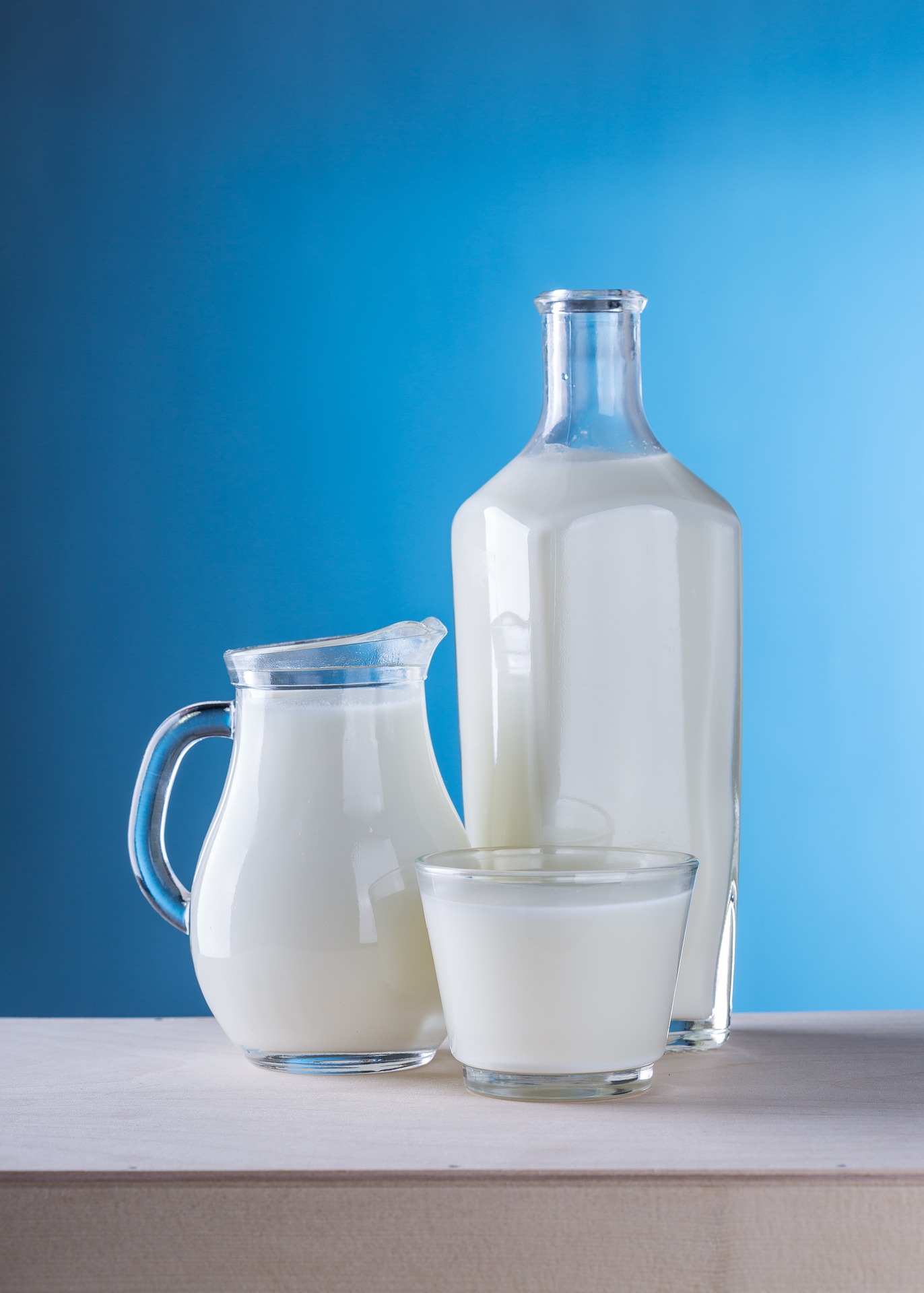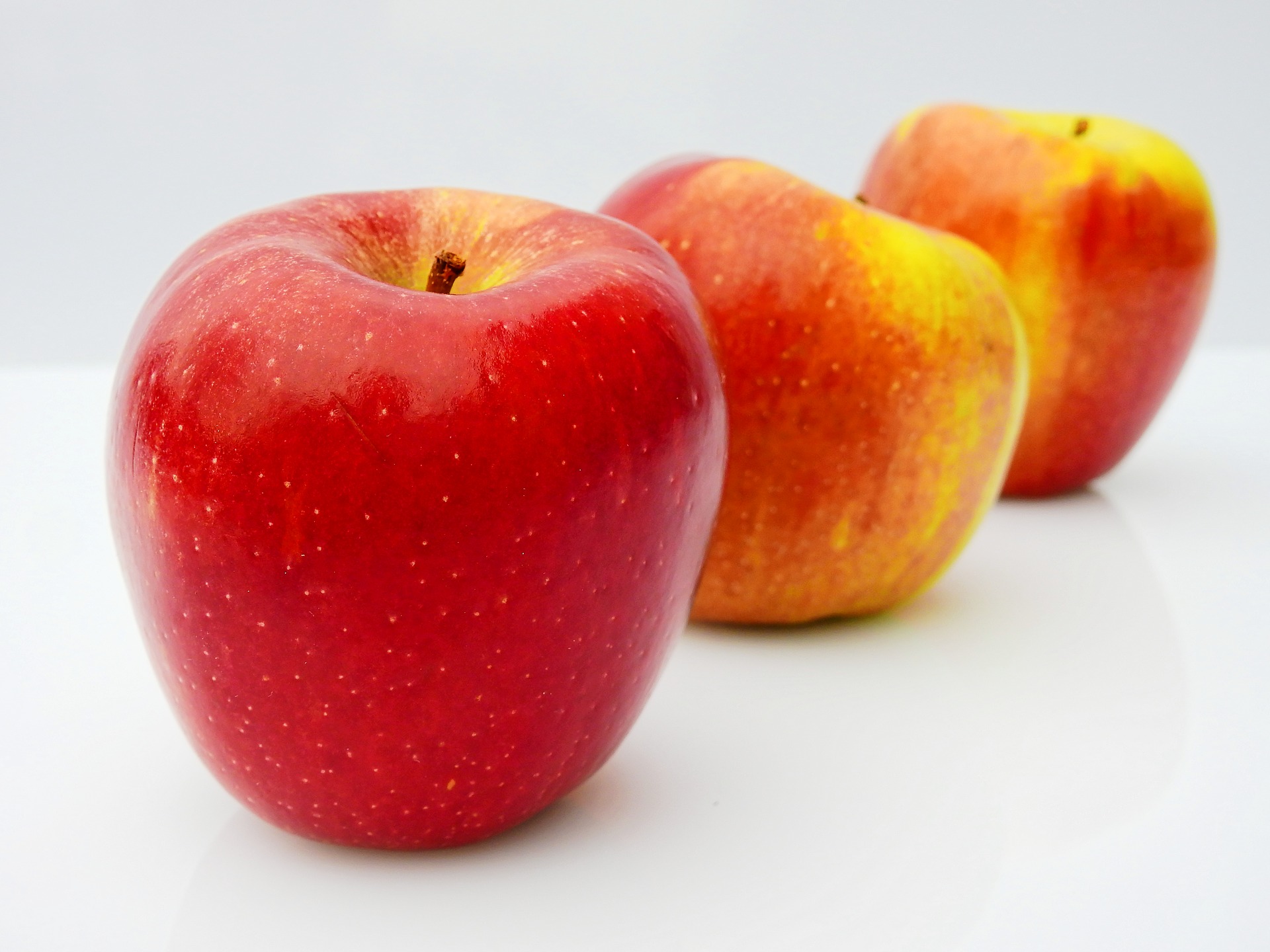Farm Food 360
Immerse yourself – literally – in virtual Canadian farm and food tours.
Farm and Food Care Ontario is providing users with the opportunity to explore real life Canadian farms and food processing facilities.

Note: World population is complex. The United Nations says it is likely that our population reached eight billion in late 2022, but some algorithms from other credible sources like this counter have not reached eight billion yet.
Immerse yourself – literally – in virtual Canadian farm and food tours.
Farm and Food Care Ontario is providing users with the opportunity to explore real life Canadian farms and food processing facilities.

This lab introduces students to the effect temperature has on reducing and controlling the growth of bacteria. Students will use conventionally pasteurized and ultra-high-temperature (UHT) milk to observe how different temperatures (hot, room temperature, cool, and freezing) affect the growth of spoilage bacteria. They will also learn about the importance of pasteurization in keeping food safe. Developed by National Ag in the Classroom, this grade 6-8 resource is linked to curriculum outcomes.

Students learn about apple genetics related to production through a hands-on activity, which explores the characteristics of apple varieties. Students will apply their knowledge of heredity and genetics to discover how new varieties of apples are developed through cross-breeding techniques. Developed by National Ag in the Classroom, this grade 6-8 resource is linked to curriculum outcomes.
Are organic foods really healthier than non-organic foods? Are they better for animals? Are they better for the environment? Bjorn Lomborg, president of the Copenhagen Consensus Center, explains.

Hear from a real dairy producer why dairy cows are skinny. You can even ask them a question about dairy cattle or milk!